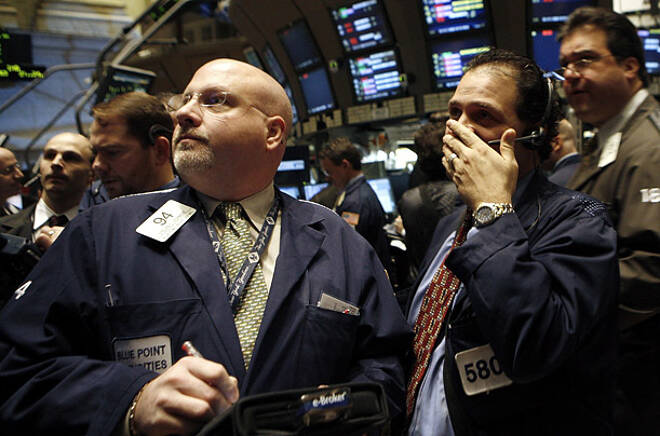Advertisement
Advertisement
Fear Dominates Forex Markets
By:
The safe-haven yen rallied against its main crosses, the euro and dollar while sterling fell to its lowest in more than 30 years, as currency markets
The safe-haven yen rallied against its main crosses, the euro and dollar while sterling fell to its lowest in more than 30 years, as currency markets fretted about more signs of economic stress stemming from Britain’s decision to leave the European Union. The yen is trading at 100.81 and seems set to continue its rise against the dollar and the shared currency. The EUR/JPY is trading at 111.98.
[wibbitz]b9ed0d9d9a038427daec283ed2752b0aa[/wibbitz]
The yen climbed to a two-week high versus the dollar as investors went into full risk-aversion mode. So far this year, the Japanese currency has soared more than 18 percent against the greenback having a negative effect on Abenomics and the recovery of the Japanese economy. In a much anticipated speech this morning Bank of Japan Governor Haruhiko Kuroda said the central bank will additionally ease monetary policy if needed to achieve its 2 percent inflation target, with a firming yen likely to pressure the country’s consumer prices.
The BOJ chief said the bank will implement additional easing steps in terms of quantity, quality and the interest rate if necessary to realize the BOJ’s inflation goal, according to a summary of his remarks at the bank’s quarterly meeting with branch managers.
His remarks came after the dollar fell to the 100-yen price for the first time in around two weeks as investors grew cautious again about the economic impact of Britain leaving the European Union.
Most of the market uncertainty is stemming from the stress from the Brexit decision and the inability of the UK move forward until there is a new government leader which will not happen until September. The British pound fell to 1.29 its lowest level since 1985. The pound is trading at 1.2966. This comes after news that the Bank of England’s Financial Stability report called Brexit “the most significant near-term domestic risks to financial stability”.
The BOE’s Financial Policy Committee also cut its counter-cyclical capital buffer for UK banks to zero from 0.50%. And, separately, the UK’s June PMI, which was collected before the UK voted to leave the European Union, showed that Britain’s industry suffered its worst quarter in more than three years, printing 52.3.
The euro weakened this morning to 1.1092 as trader’s worry about the overflow of economic problems from the UK will affect the Eurozone while Italian banks continue to have problems with bad debt. If the euro extends its downtrend, it is likely to find support around 1.09 against the greenback, 109.00 against the yen, 0.81 against the pound and 1.06 against the franc. HSBC lowered its year-end forecast for the euro-dollar pair after the vote, reasoning that Brexit would curtail exports from the Eurozone to the U.K and embolden right-wing political parties on the Continent, like those in France and the Netherlands, to push for referendums of their own. But Bloom and company think bets the euro will weaken further—at least between now and the end of the year—would be misguided.
While the pound has fallen further to levels not seen since the mid-1980s, the euro has been relatively resilient. Since the vote, the euro has weakened against the dollar and risen against the pound and the currencies of many of its smaller trading partners in central and Eastern Europe.
Elsewhere the Aussie dipped 5 points to 0.7516 after the RBA yesterday held rates and policy as expected while the kiwi climbed by 6 points to 0.7137 after GlobalDairy prices gained a bit higher than expected.
About the Author
Barry Normanauthor
Did you find this article useful?
Latest news and analysis
Advertisement
